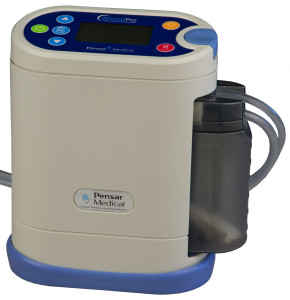Much has been discovered about pressure ulcer prevention over the past 50 years, prior to which little was known. This knowledge would go on to be one of the main reasons for wound vac usage.
In the 1960s, scientists discovered that the pressure between the bed and the skin was a factor in bed sore development. Thirty-two (32) mmHg was determined to be the pressure that would cause a stop in blood flow in men. Then, researchers studied the pressure between a patient and a standard bed. For an average male laying on a standard mattress, the pressure generated was approximately 80 mmHg. A patients natural response to this pressure is to toss and turn during rest, thereby resdistributing the pressure. Certain disabilities, such as paralysis, make it so the patient can’t turn during rest and thus pressure uclers occur.
The terms “pressure reduction” and “pressure relief” stemmed from the studies performed in the 1960s. Pressure relief is a pressure below 32 mmHg, the pressure that causes bed sores.
The first methodology used for pressure reduction after the 1960s studies was eggcrate foam beds. Eggcrate foam was placed on top of a regular spring mattress; this method allowed for a little pressure reduction and aided in reducing the development of bed sores. This was also the era in which the first system was developed.
Around this time, a company called Support Systems International made the High Air Loss Therapy Bed. The design included a large tub-like structure filled with small beads. A blower was installed under the beads and air was blown into the mattress, passing through the beads and through a top sheet designed to allow air to flow through. The forced air would cause the beads to move, thus suspending a patient laying on top of the porous sheet. Thus, the first pressure relief product was born. This product allowed a pressure well below what would cause a pressure ulcer.
Despite their effectiveness for minimizing and preventing pressure ulcers, these bed systems had their issues. The foam solution did not last for more than approximately 30 days before the degree of pressure reduction decreased. The heavy and inefficient high air loss mattress also had its problems. Patients couldn’t sit up in bed. Also, the high air flow would cause the skin to dry out, which would yield further problems.
The first line of defense is to prevent the tissue damage from even occurring. Once it occurs, the wound vac system is an effective modality to aid in the healing process.
